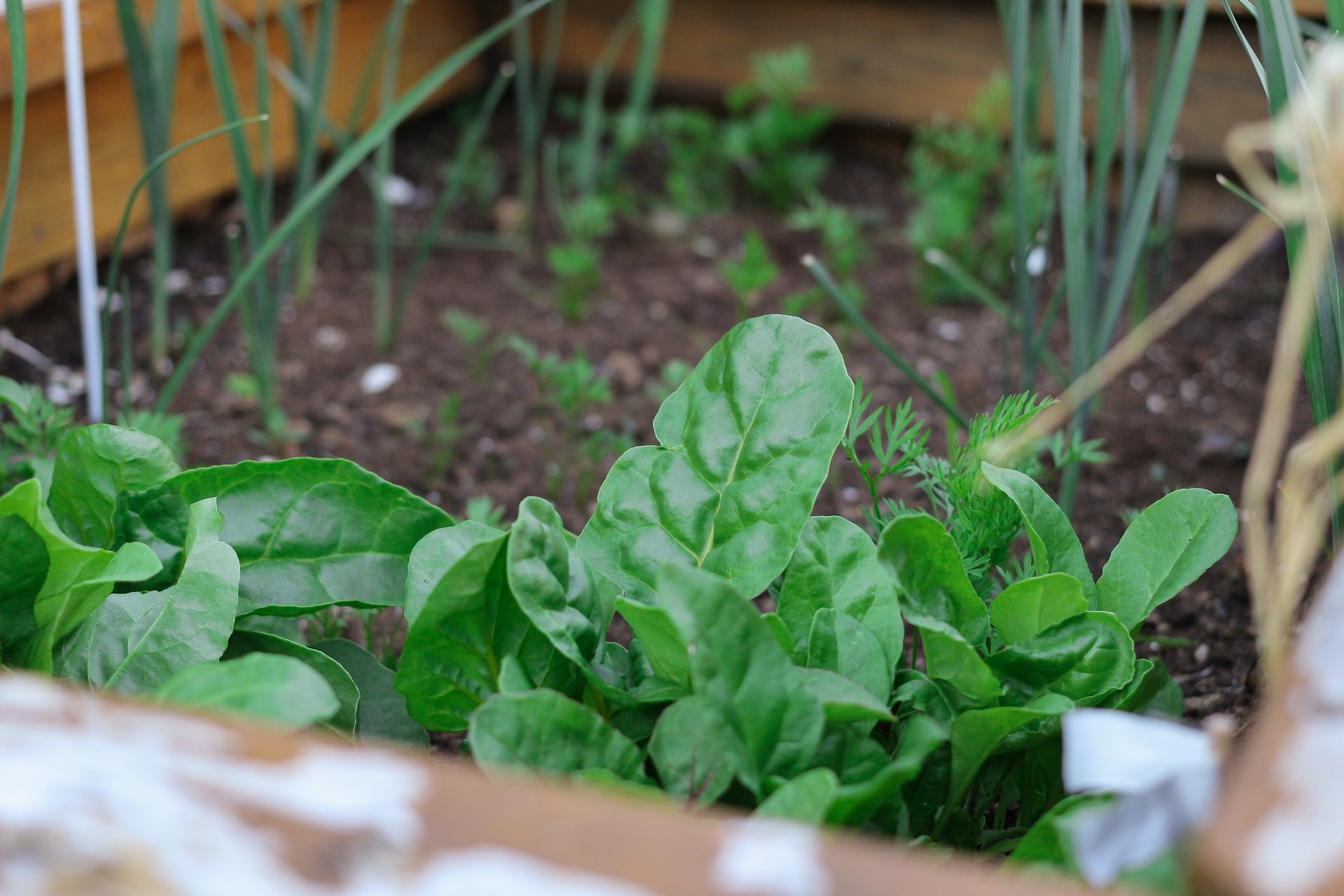How many emails do you get every day? Like many people, you probably get more than you can manage. You might get them from work, from family, from friends, and from advertisers. What if I were to tell you that you can now get an email from a salad? Science has made it possible.
Researchers from the Massachusetts Institute of Technology (MIT) have been busy training spinach to do something that we might never have thought possible. The leafy green can send emails, but it isn’t to talk about the latest episode of Mandalorian. Instead, it is to alert us to dangers in the environment.

Through a process of vascular infusion, the leaves of spinach are infused with carbon nanotubes. These nanotubes interact with nitroaromatics, compounds that are commonly used with explosives. According to the journal, Nature Materials, researchers focused on picric acid for the experiment but it may be pushed out even further.

If the acid is detected in the groundwater, it is absorbed through the roots of the plant and to the bottom of the leaf. The nanotubes in the underside of the leaf are able to detect the presence of picric acid and it is detectable through the use of a laser.
When lasers are pointed at the spinach plant, it lights up with a fluorescent signal that is visible with an infrared camera. When they are detected, an email event is triggered and scientists are alerted to the presence of the compound.
The process only takes about 10 minutes, but there are many cases when it may happen faster. The root system of the spinach plant takes in water constantly and the compounds can reach the leaves of the plant quickly.

Although you are not likely to get an email from your favorite houseplant anytime soon, it’s nice to know they are helping us out in ways we have never thought possible.













